(Fatherland) - Traditional costumes are ancient costumes, an indispensable part of the cultural heritage of each country, bearing the mark of history and national identity. In the context of strong cultural integration and exchange taking place today, identifying and affirming the identity of Vietnamese traditional costumes has become an urgent issue.
Vietnamese costume in the flow of East Asian culture
No culture develops without being influenced by exchange. Since ancient times, Vietnamese culture has continuously absorbed the quintessence from the Dong Van countries (with the same culture and writing, namely China, Japan, Korea and Vietnam) or even India, but has always known how to adjust to suit the geographical conditions, climate, and national spirit. Associate Professor, Dr. Pham Ngoc Trung (Senior Lecturer, Former Head of the Faculty of Culture and Development, Academy of Journalism and Communication) emphasized: "No nation can exist, independently, without contact with anyone and develop. Vietnamese culture is unified in diversity. It is the cultural features of powerful nations that have become a part of Vietnamese culture."
In the East Asian cultural region, strong exchanges have given rise to the concept of "great unity" - meaning the similarity in major characteristics, typically in the fields of costumes, architecture, or rituals. For traditional costumes, this similarity largely stems from exchanges in sewing techniques, materials, or design styles between countries. Like the cross-collared shirt - a type of shirt with a cross-collar, popular in many countries such as Vietnam, Japan (Kimono), or Korea (Hanbok) - clearly shows the mutual influence in the region.
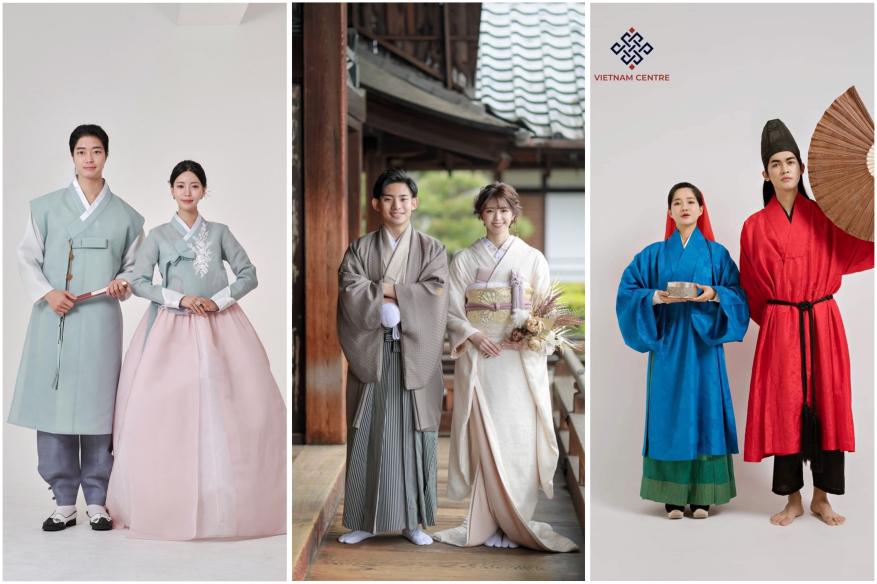
Cross-collar shirts are popular in Korea, Japan, and Vietnam. (Photo: Internet, Vietnam Centre)
Thus, culture is like a continuous flow, connecting communities. Cultural development cannot be separated from the process of exchange and adaptation. Therefore, it is inevitable that Vietnamese traditional costumes have similarities with other countries in the Dong Van region, and a more open view is needed. Associate Professor, Dr. Pham Ngoc Trung emphasized: "We should be proud of our ability to synthesize, absorb and select the quintessence of human culture into the so-called cultural identity of the Vietnamese people, something our ancestors have successfully done." The important thing is that we need to identify and affirm the core values and unique features that create the distinct identity of Vietnamese costumes.
Positioning the identity of Vietnamese traditional costumes
In the context of cultural exchange, Vietnamese people still shape small details that create differences, called "small differences". This is not only in the style of costumes, but also in the way Vietnamese people use and modify them based on their unique lifestyle, customs, and aesthetics. For example, buttons for the five-panel shirt often use bone and copper materials instead of woven fabric like China. Or the combination of typical customs such as blackening teeth, chewing betel, walking barefoot... also contributes to affirming the difference in the way Vietnamese traditional costumes are used compared to other countries in the Dong Van bloc.
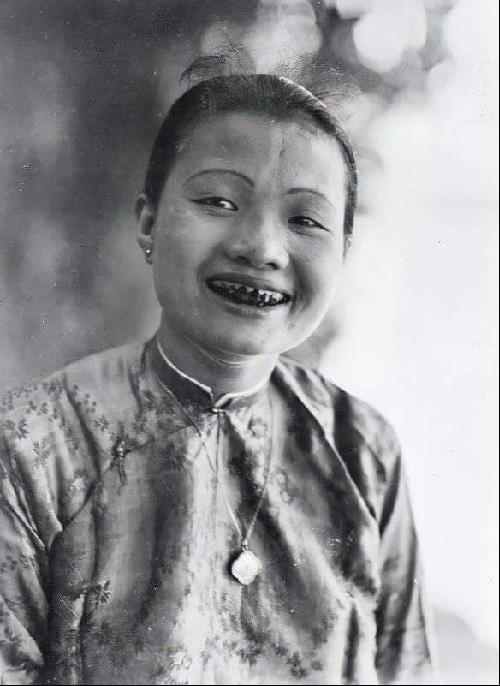
The unique customs that create the uniqueness when Vietnamese people wear traditional costumes. (Photo: Collected).
In fact, very few people understand the identity of Vietnamese traditional costumes correctly and fully. Mr. Nguyen Ngoc Phuong Dong (co-founder of Vietnam Centre group) shared: "Except for those interested in culture and history, Vietnamese traditional costumes are still little known." This shows that more efforts are needed to affirm the identity and spread the value of Vietnamese traditional costumes.
First of all, strengthening the cultural foundation through specialized research plays a very important role. Academic research not only helps clarify the origin and characteristics of Vietnamese traditional costumes but also provides a solid scientific basis for the preservation and development of this heritage in the present era.
Researcher and collector of antiques Tran Quang Minh Tan emphasized: "We must have more playgrounds, meetings or community activities. If costumes have a place to live, they will survive. Otherwise, they will gradually fade away and lose their direction completely." This requires strong involvement of the education system and state policies. It is necessary to promote the organization of extracurricular activities, integrate content about traditional costumes in history and fine arts to arouse cultural passion. At the same time, state agencies should coordinate with research groups and artists to bring traditional costumes into national and international cultural events and encourage wearing traditional costumes on major holidays.
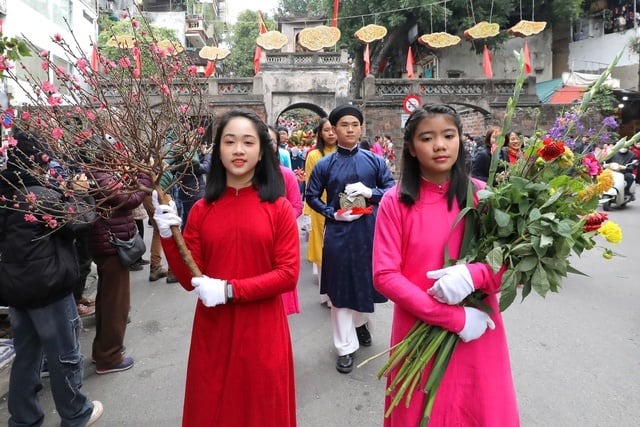
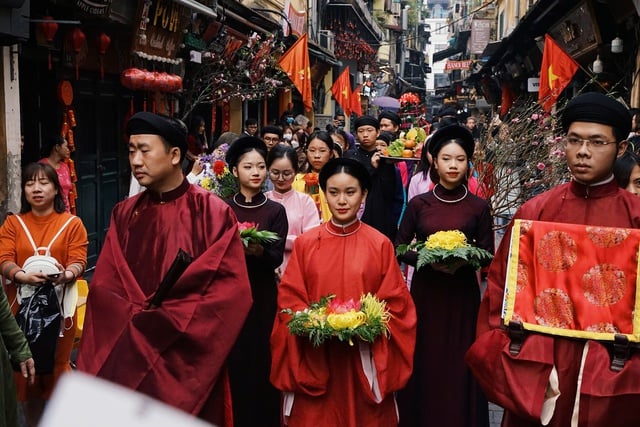
The annual Tet Viet - Tet Pho program held in Hanoi's Old Quarter attracts a large number of heritage lovers wearing traditional costumes. Photo: Vietnamese Communal House Club
In the digital age, mass media has become a powerful tool in spreading cultural values. Typically, major cultures such as China, Korea, and Japan have taken advantage of movies, comics, and anime to promote traditional culture. From this, we can draw valuable lessons in the need to strengthen cooperation between the arts and academia, in order to create cultural products that are both entertaining and of historical value.
Source: https://toquoc.vn/khang-dinh-ban-sac-co-phuc-viet-20241230141032612.htm


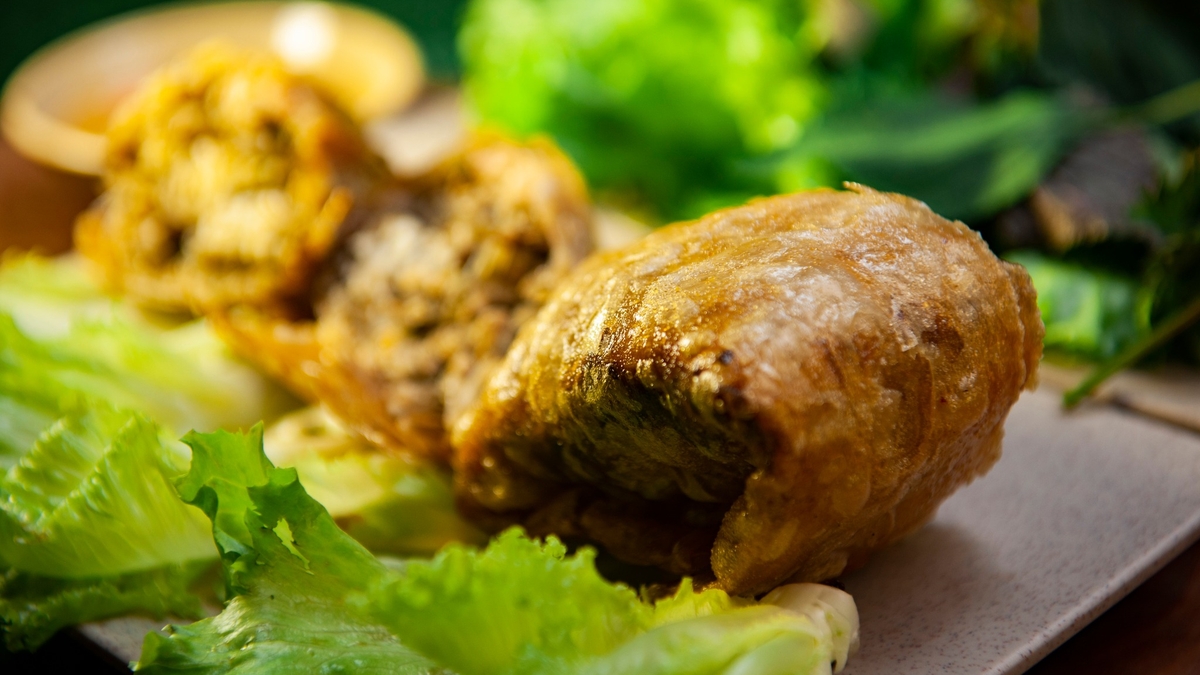
![[Photo] Closing ceremony of the 18th Congress of Hanoi Party Committee](https://vphoto.vietnam.vn/thumb/1200x675/vietnam/resource/IMAGE/2025/10/17/1760704850107_ndo_br_1-jpg.webp)

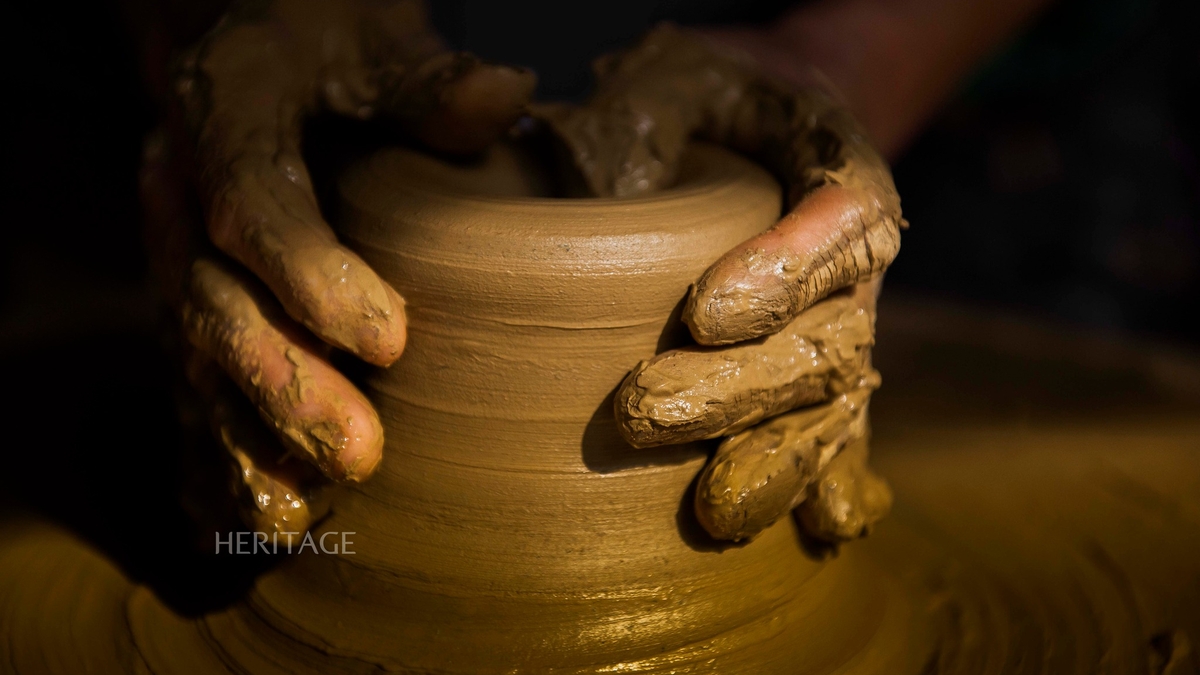
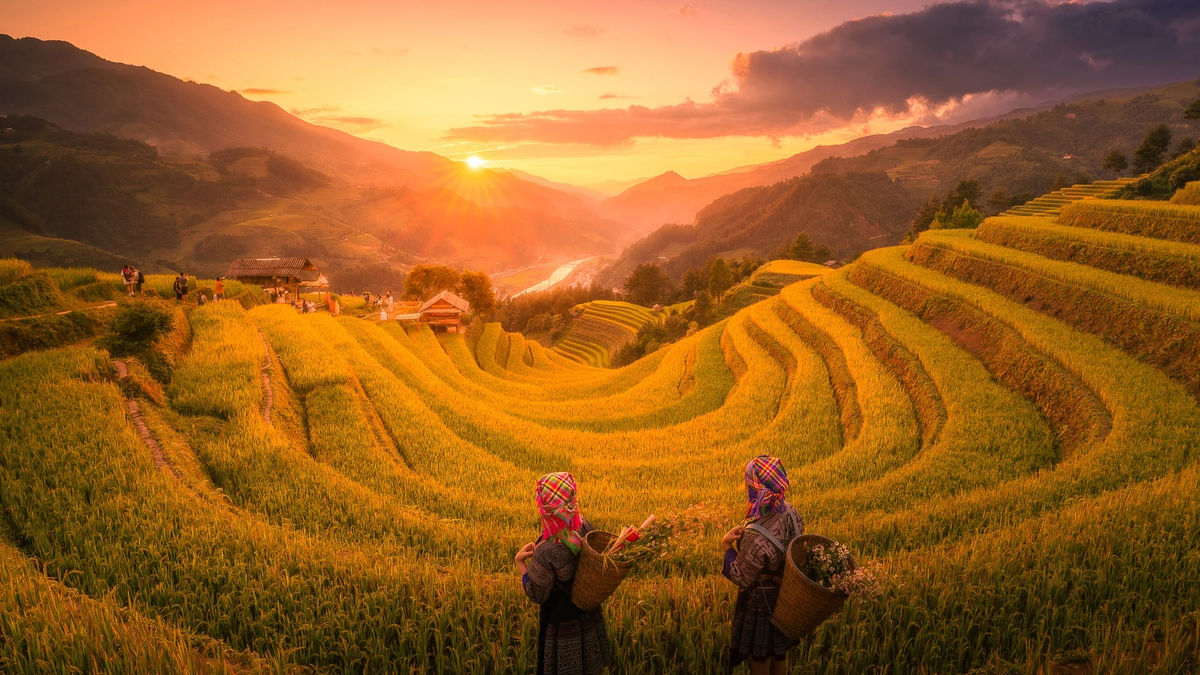
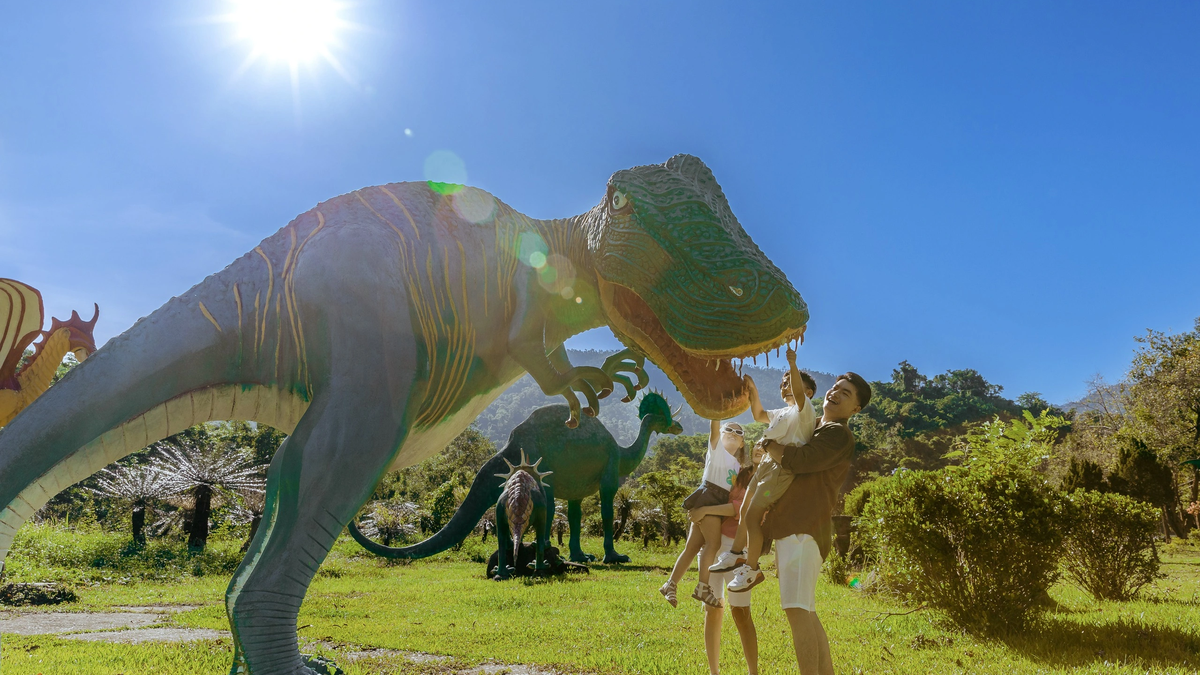
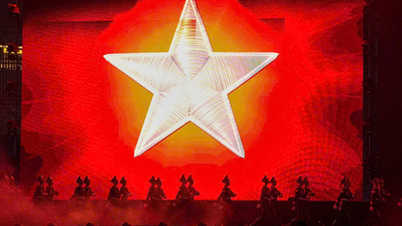

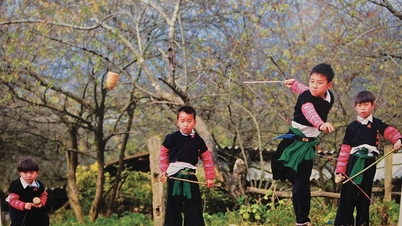

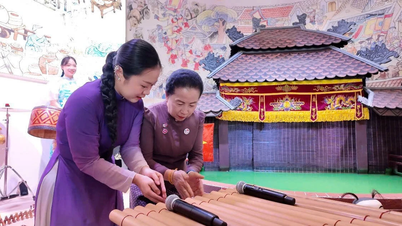

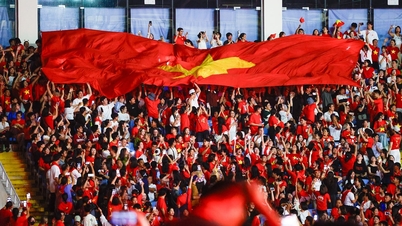

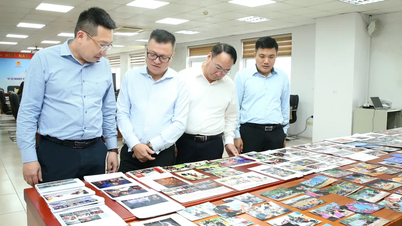

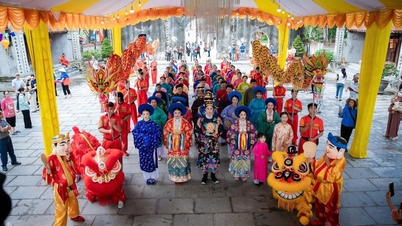

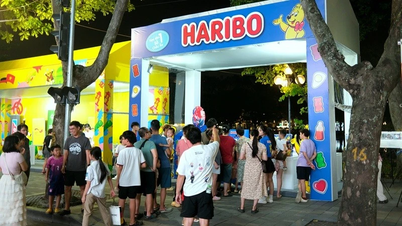

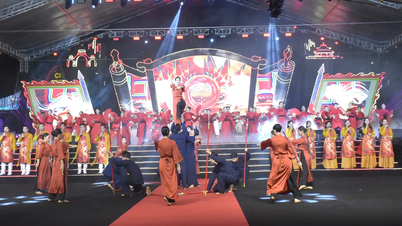
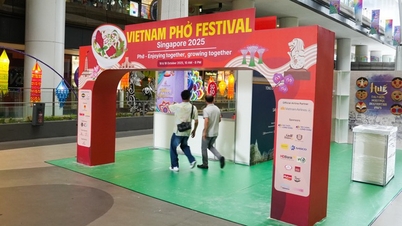

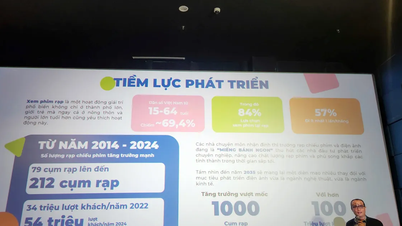
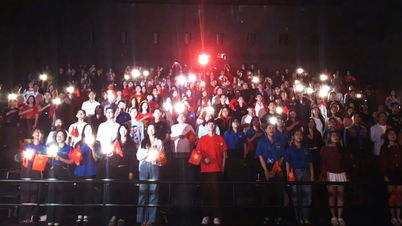




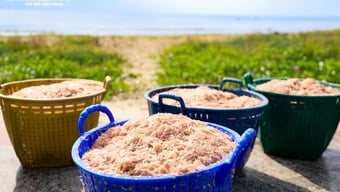

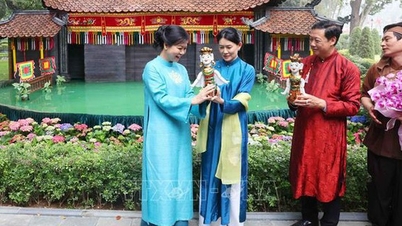
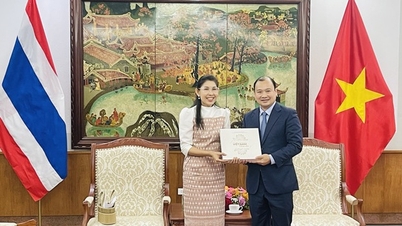
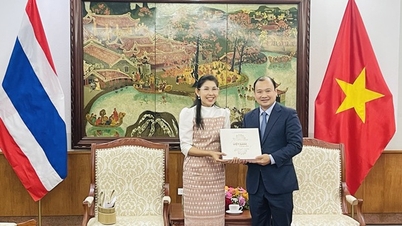

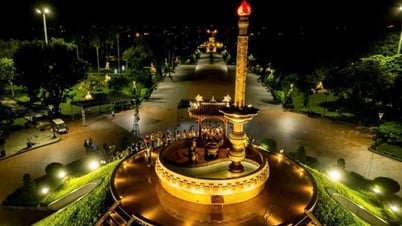

![[Photo] Nhan Dan Newspaper launches “Fatherland in the Heart: The Concert Film”](https://vphoto.vietnam.vn/thumb/1200x675/vietnam/resource/IMAGE/2025/10/16/1760622132545_thiet-ke-chua-co-ten-36-png.webp)


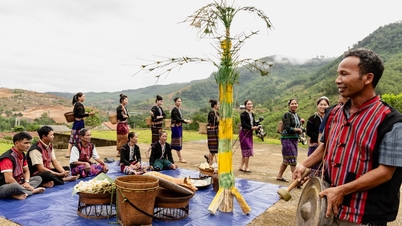
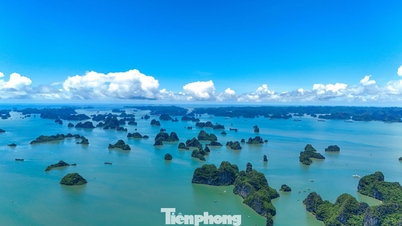

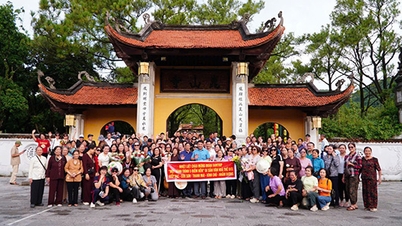







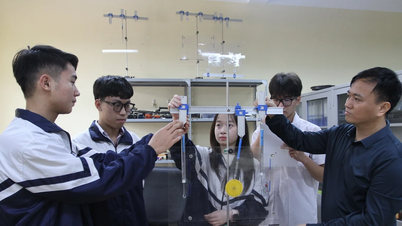

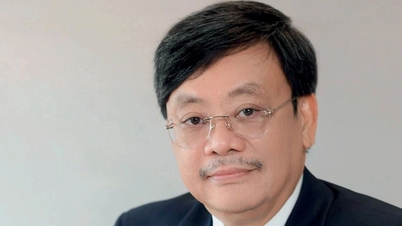

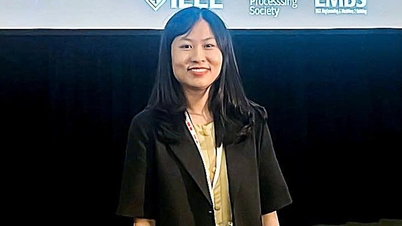




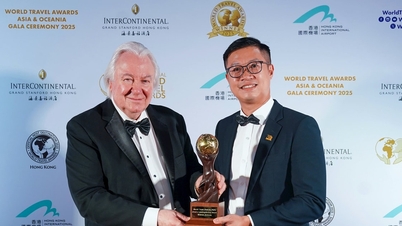
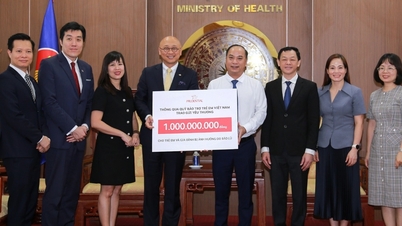
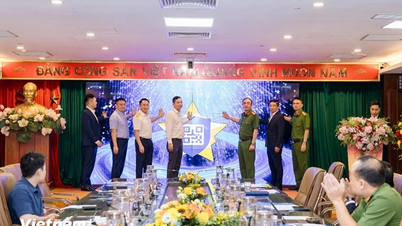
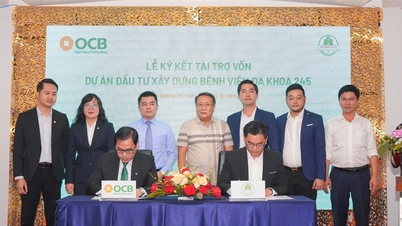
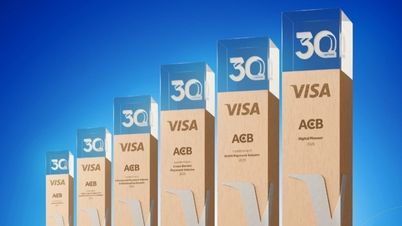
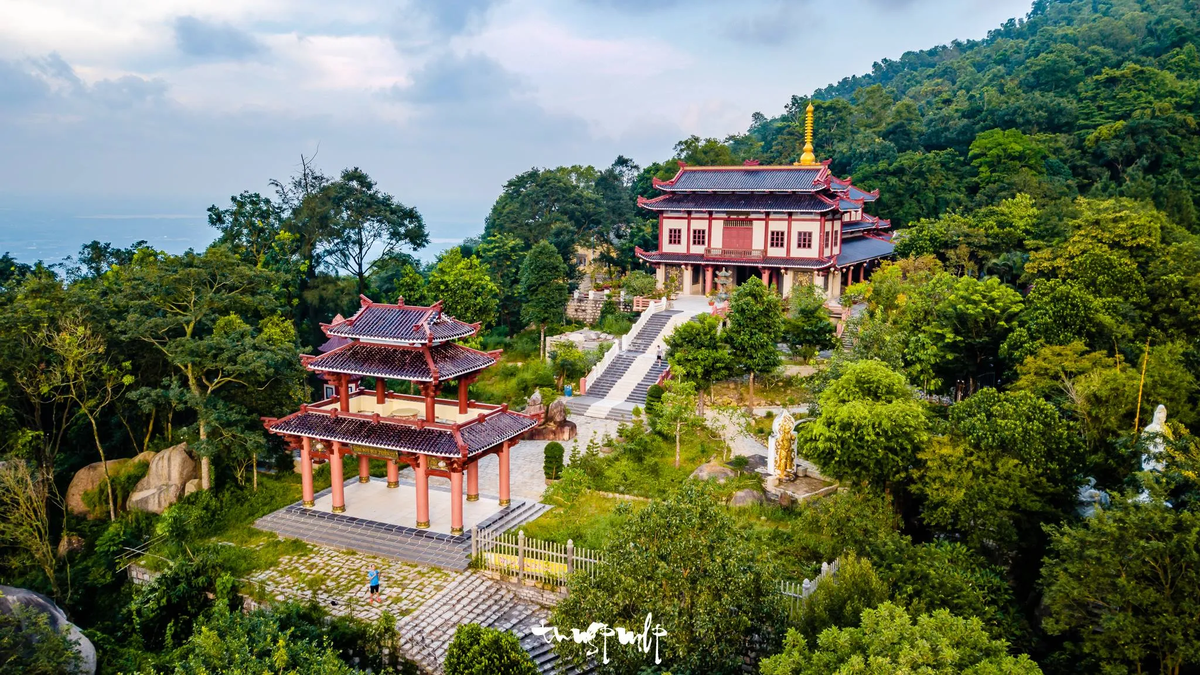
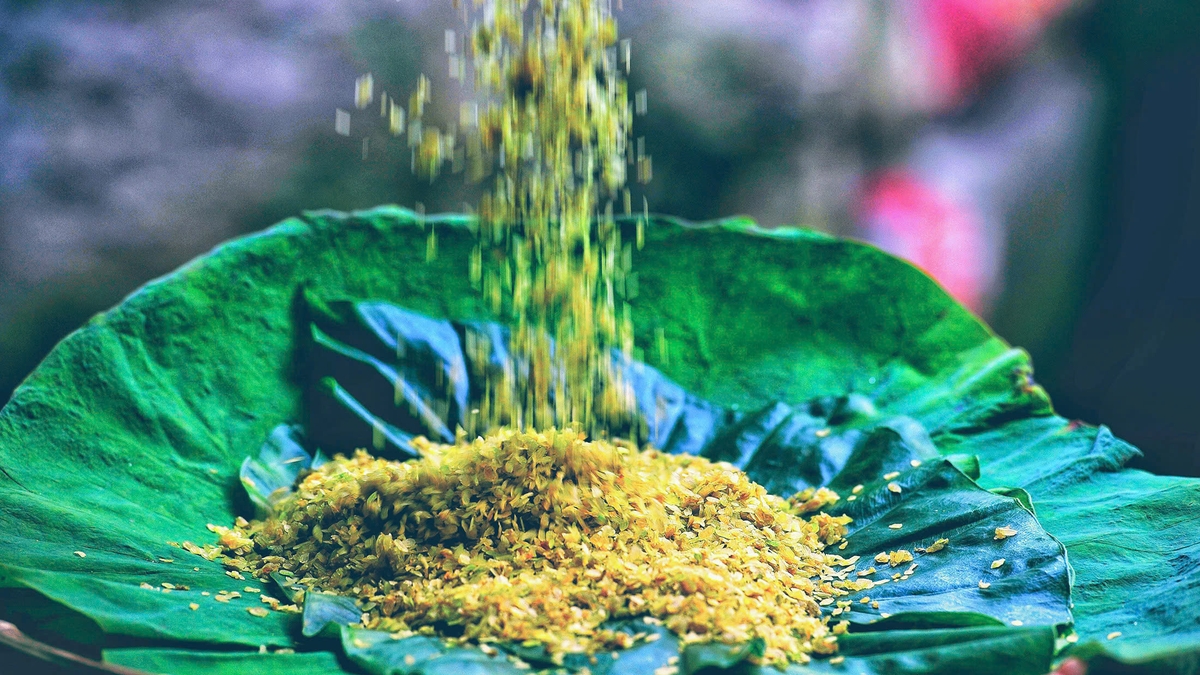
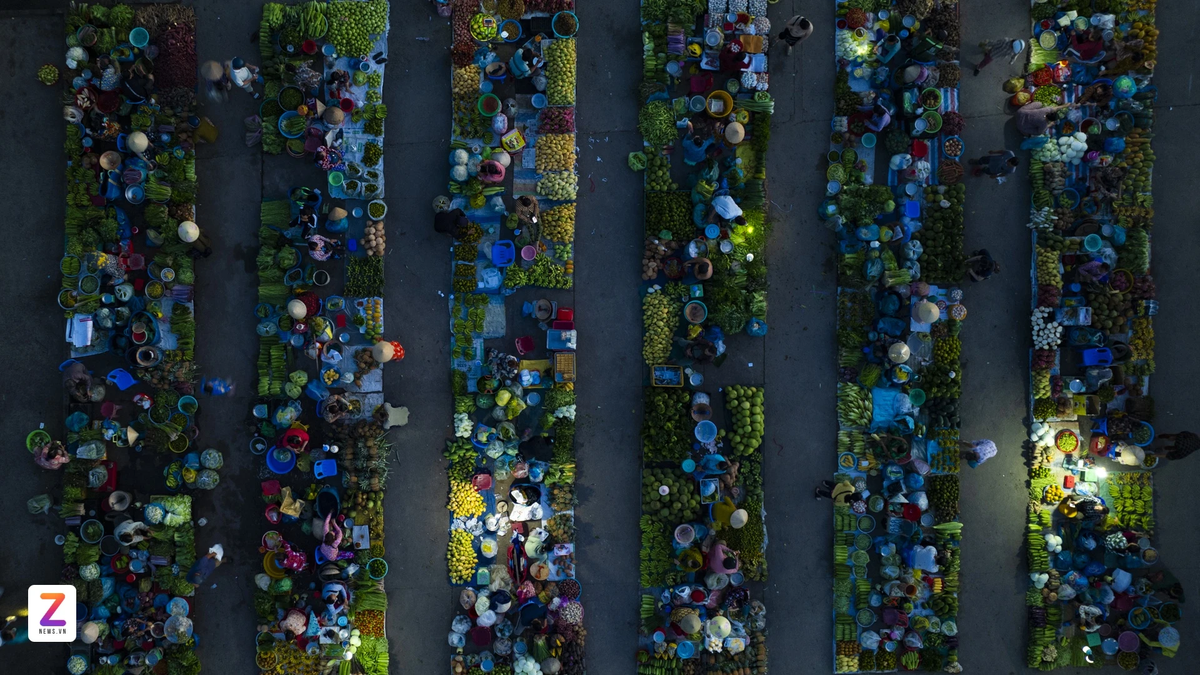
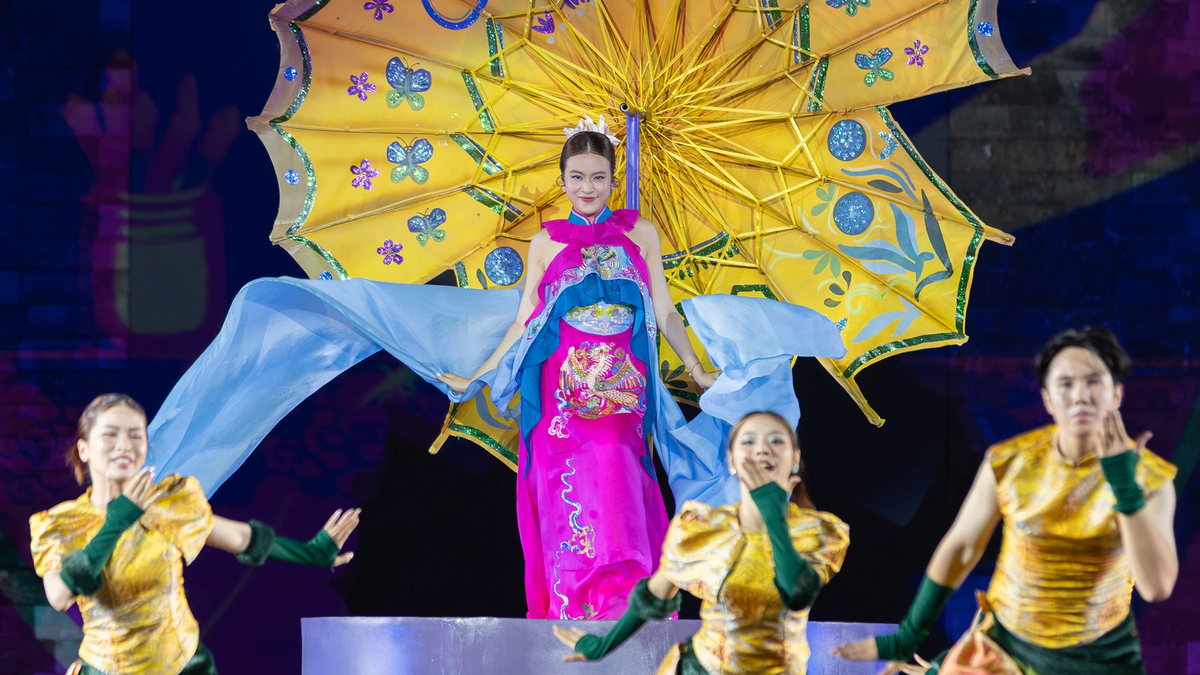

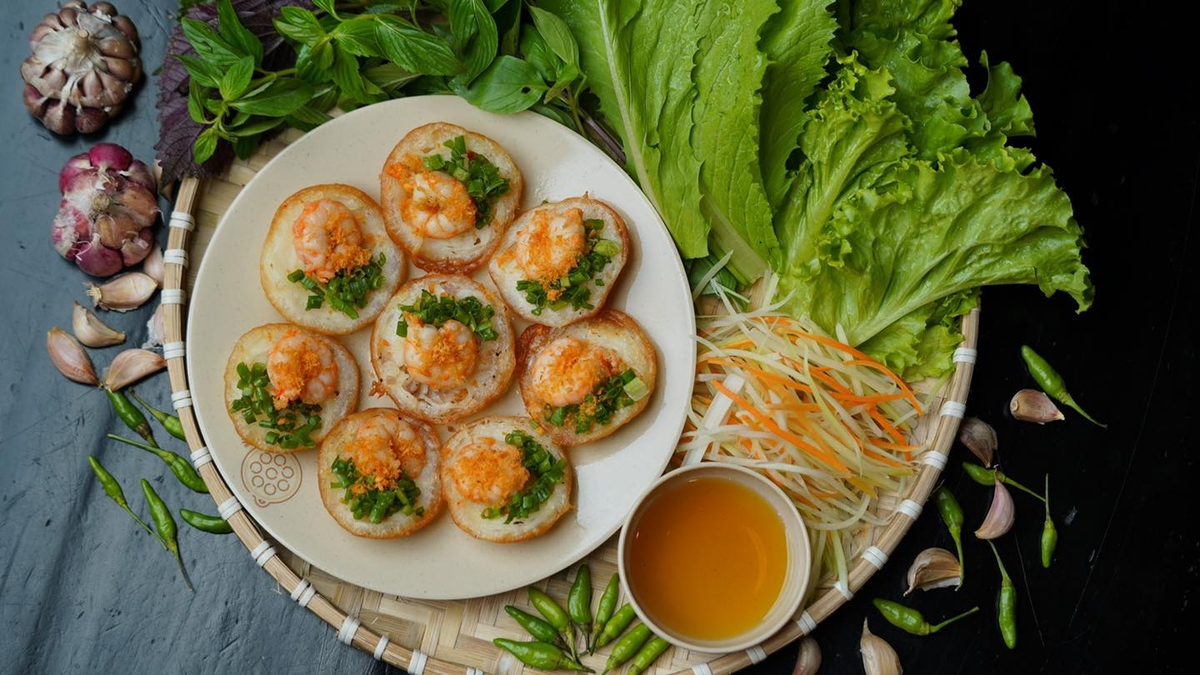
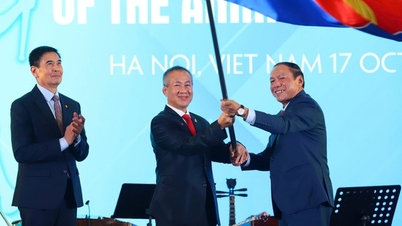




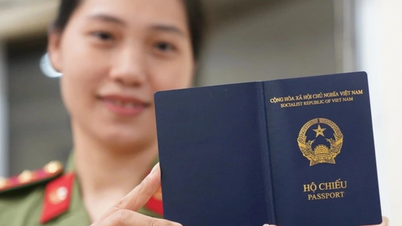
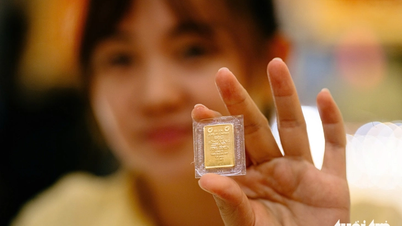
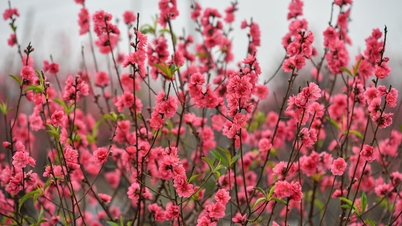

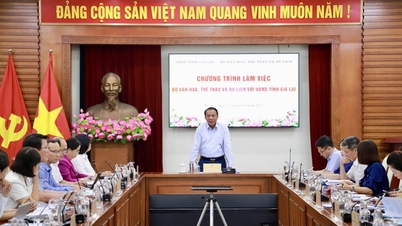
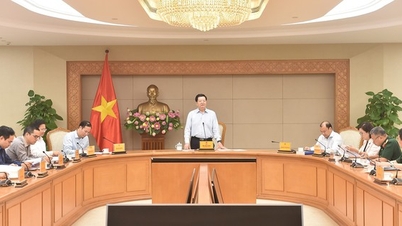
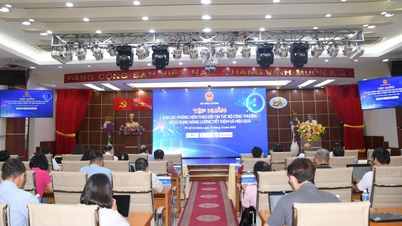

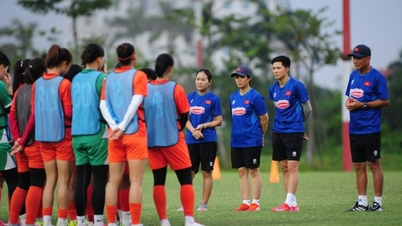
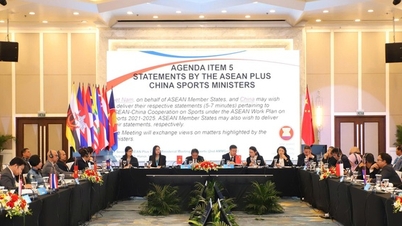
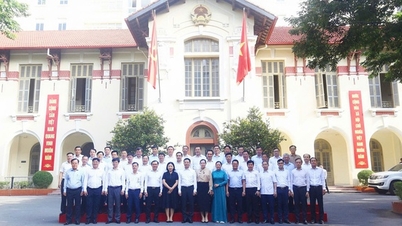

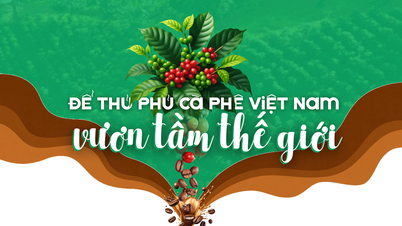

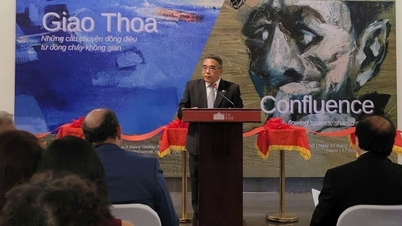
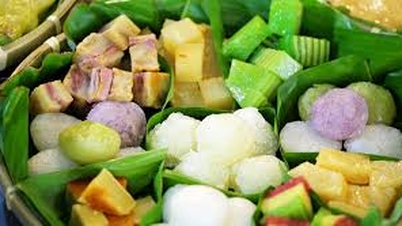

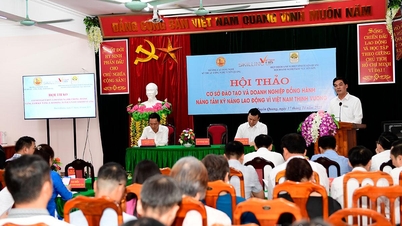

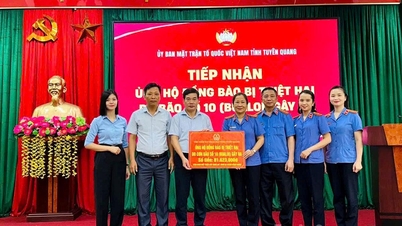
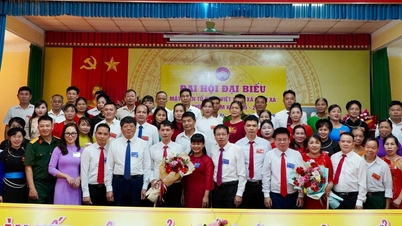
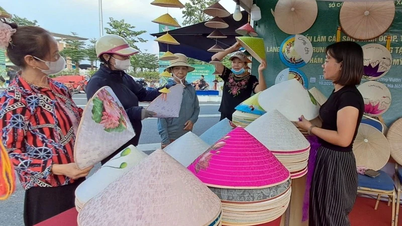
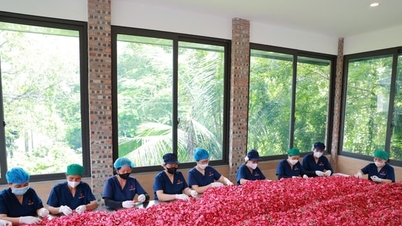

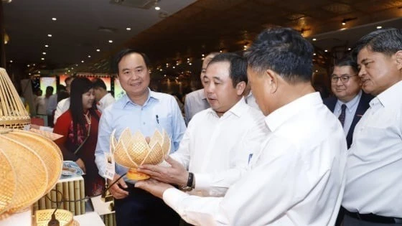

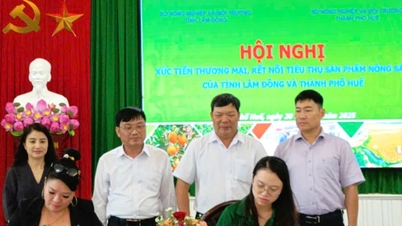
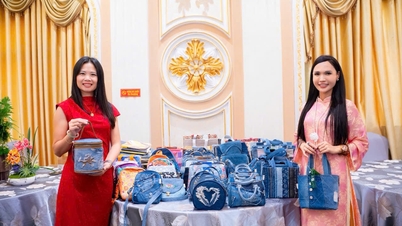




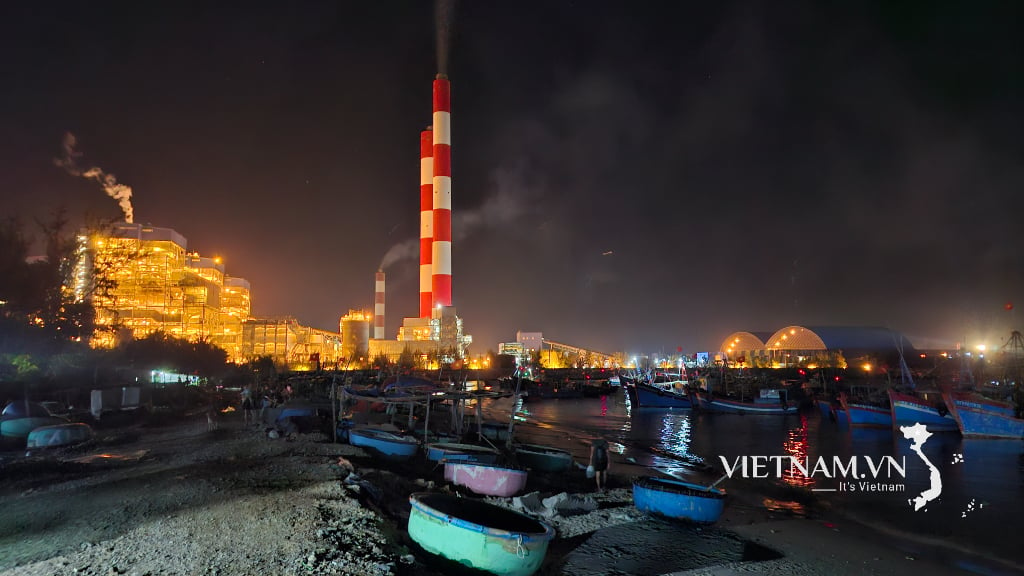


Comment (0)